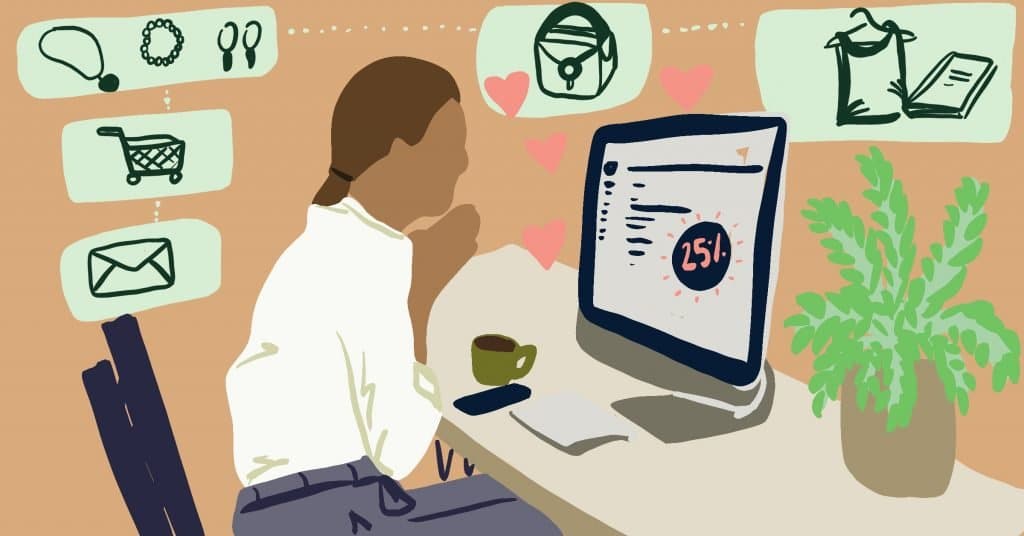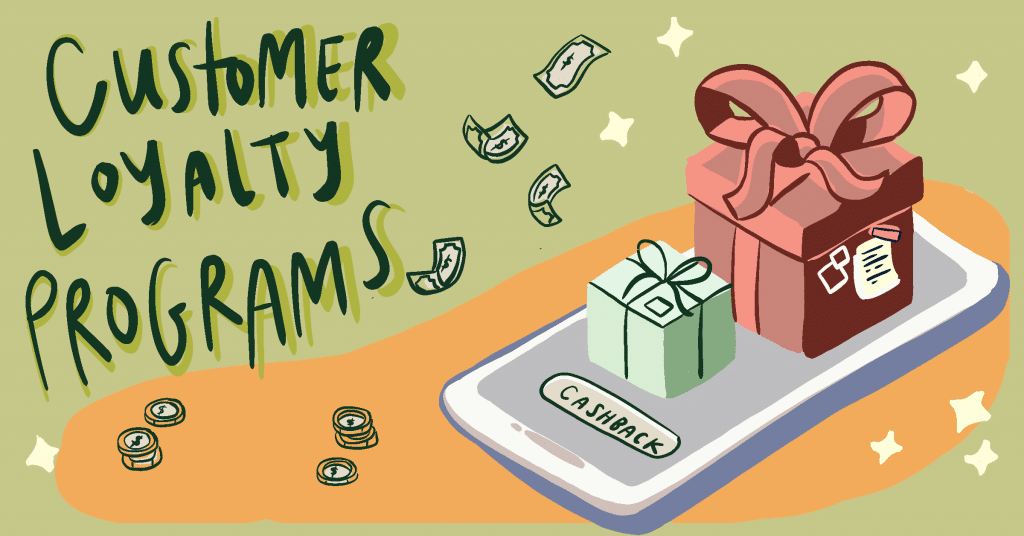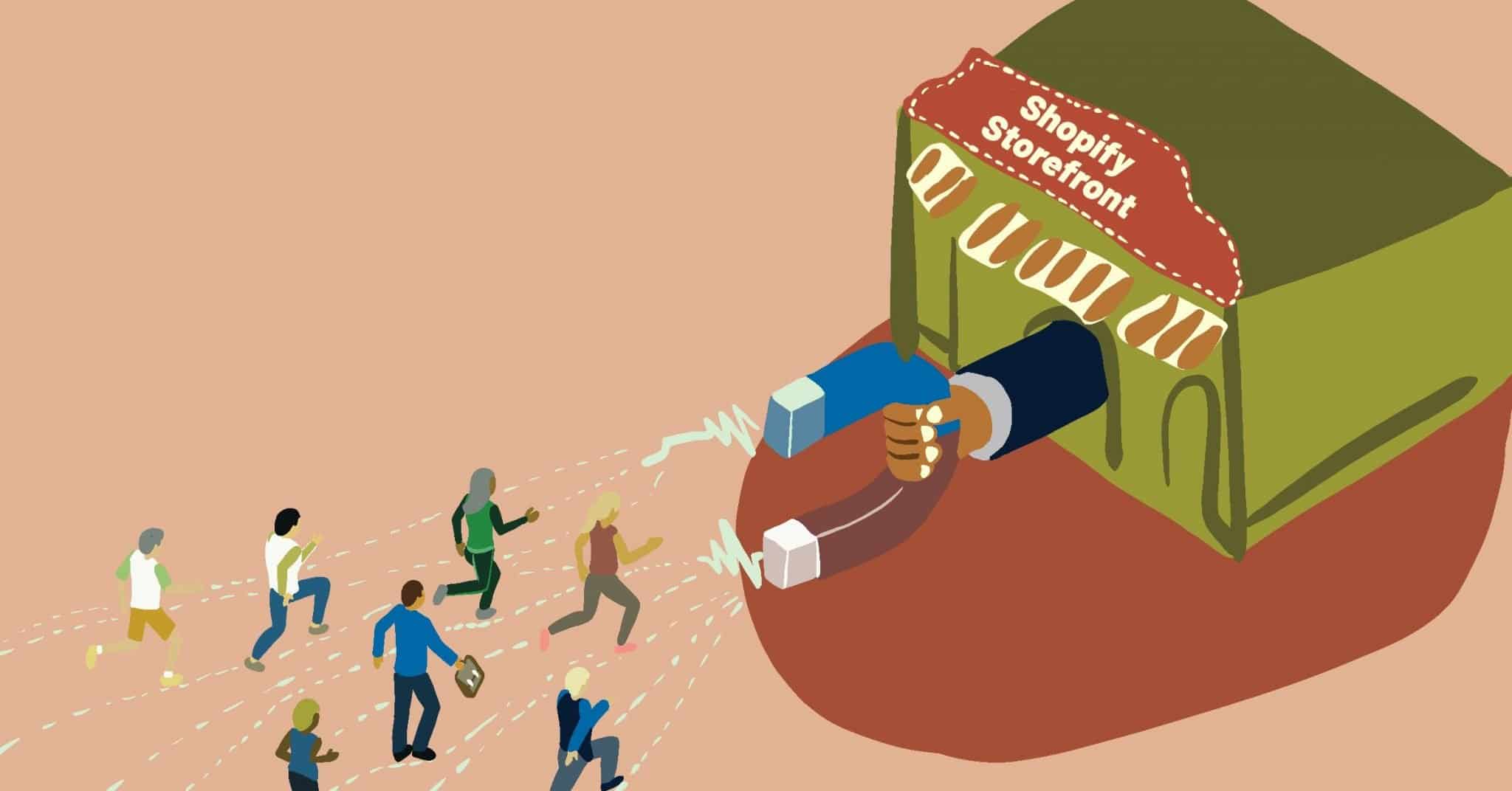Lost customers are first-time or repeat purchases who didn’t stick around long-term to become loyal customers. They also make up a potentially profitable segment of your market because they did buy from you before. That makes them a highly qualified lead because:
- They are probably interested in your products
- They know how to and are willing to shop online
- You managed to connect with them enough to inspire a first purchase, so there’s a good chance you can do it again
But not every former customer is a great lead, and winning lost customers back does take some skill. Find out how to determine who to go after below. Then, get some tips for re-engagement campaigns and offers to sweeten the deal and bring those lost customers back into the fold.
Download Now:
The Complete Shopify Lifecycle Marketing Playbook
Decide if You Want the Customer Back and Follow the Email Marketing Rules
Start by determining whether you really want to rescue a specific customer or not. You don’t have to do this individually for every former shopper on your site, but you can set some automatic parameters for who you’ll send re-engagement campaigns to. Here are a few boundaries to consider setting:
- Don’t send emails to people who have opted out. If someone actively chose to opt-out of your email list and they haven’t been back to make a purchase, they aren’t as likely to return as someone who is still on your list. Plus, sending emails after someone has opted out isn’t legal in some cases. If you want to re-engage these consumers, you may need to rely on remarketing via PPC ads and your social media channels.
- Do fire customers that cost you too much money. Some customers leave because you simply couldn’t make them happy—even if you tried. Imagine a customer that didn’t like their product, returned it for a different option, and sent that item back too. Or one that demanded a credit without returning an item—multiple times. In a few rare instances, it really is them and not you. You may not want to spend time and money winning such customers back.
- Do segment your lost customer list. How you win back customers who purchased only once and disappeared should look different from how you win back customers who purchased consistently for months before stopping. If you can segment further, such as by people who were unhappy with the service or product versus those who simply never returned to make another purchase, that can help you decide who to re-engage with and how.

8 Re-Engagement Campaigns Specific to Lost Customers
Once you’re ready with segmented email lists, it’s time to put together some messaging. We provide a summary of eight types of emails you might want to consider sending below, but remember that re-engagement is about authenticity and really connecting with someone. So, put your own spin on things and don’t be afraid to think outside the box.
Just remember:
- People are busy. If you’re going to slide into their inbox, be concise and make it worth them opening the email.
- This might be your only second chance. Don’t waste it with a mediocre effort. Come up with a strong hook and professional email design that fits your brand. Or pay someone else to.
- Don’t keep pelting people with emails. Give someone time to take you up on your offer. You can send another one in a month or two, but if you send lost customer emails daily or even weekly, you might push people to unsubscribe if they’re not ready to reconnect.
1. The Missing You Email
This one just lets the person know—sincerely—that you’ve noticed their absence and miss them. Everyone, including the lost customer, can read between the lines and know you definitely miss them spending money in your store, so make sure to walk a fine balance with this type of messaging.
For example, it’s almost always okay to include an offer. But how you phrase it depends on the message.
You want the customer to feel valued—to understand that you miss more than their wallet. They should feel that they bring something to your store and small business besides another order number. So, consider phrasing an offer with terms such as “You’re a valuable part of our business success, and we wanted to let you know that. To show how much we missed you, we’re including a coupon code for 50% off one product!”
2. The What Did We Do Email
Many times, you don’t know why a customer hasn’t returned. One of the best ways to find out is to ask them.
In this type of email, you might request that the customer respond with some information on what you could do better or what they liked and disliked about your store, service or products.
Spoiler alert: Very few people will actually do that unless you provide a super easy method. Consider supplying a link to a short survey or form they can complete. And thank them ahead of time with a promo code or other offer.
3. The We’re Sorry Email
Maybe you know why a customer left or suspect it. That might call for an apology email. Here’s one of the few times you might want to consider going manual, depending on the situation.
If you know exactly what happened because the customer sent a complaint or left a negative review, consider reaching out individually with an email that addresses the specific situation and what you can do about it. Ask the customer how you can make it right and offer them a discount or freebie for their inconvenience.
When you’re not sure or a larger issue occurred and impacted more than one customer, you might want to kick off a sincere but less individual apology noting that you’re sorry the service wasn’t top-notch or that there were delays in shipping. Let the customers know what you did to address the issue and position your offer as a way they can come back and try out the new and improved options.
4. The We Have Something New Email
New products or even shipping or payment options are a great reason to reach out to customers who haven’t been around in a while.
This one works for a few reasons:
- You really do have something of value to share. There’s something they don’t know about because they haven’t returned to your shop, and that info could be beneficial to them.
- Most people have at least some stake in the game if they think they might miss out on something. Finding out there’s something new may bring them to your store simply because they’re curious or don’t want to miss out.
- The new option might solve a problem for them. Maybe they stopped shopping with you because shipping didn’t work out or they didn’t like your payment options. Letting them know things have changed can bring them back as a customer.
5. The Call Us Email
This one is pretty specific and typically works best when you sell more complex or expensive products. In such a case, you can invite the customer to call you if they have any questions or need help deciding which products to buy. The concept of this email is that it reduces fears about buying the wrong item or invites people to contact you in a way that is more comfortable for them.
Consider trying this type of campaign if you have customers that might have complex questions about the products you sell or if your target audience tends to be older adults who might feel more comfortable with phone support than chat support. This can be especially helpful for people who didn’t have a satisfactory customer experience the first time they shopped with you due in part to discomfort with the entire online buying process.
6. The How You Can Help Email
People want to matter, so let them know specifically how they matter and are helpful to your business.
For example, you could let them know that you’re three sales short of making your goal for the month. You might be surprised at the number of people who are willing to step in to help when they feel like part of the process.
Even more effective is tying this to a shared mission. If a portion of every sale goes toward a charity, for example, keep people up-to-date on that. Even a customer who hasn’t bought in a while might decide to return if they know their purchase is going to help children get access to clean drinking water or food.
7. The New Policies Email
This is slightly different than the new offerings email above. This is less about a new product or option and more about a change in how you do business.
For example, you might have discovered that people are hesitant to shop on your site because your refund policy is sparse or strict. If you make a change to that policy, let all your old customers know. That way, anyone who left because of the refund issue can be invited to return.
8. The Offer Email
You can add an offer to all seven of the above emails. But there’s also no rule that says you can’t just send an offer email to send one. Just make sure you pick something that will resonate with past customers—most people will see something like a 5% off discount as an insult in their inbox unless we’re talking big-ticket items. Check out the next section for some tips on incentives to offer customers.

Offer Incentives for Customers to Return
From a promise to do better to a percent-off coupon, there are many things you can offer to entice customers to return to your shop. Here are just a few top contenders to consider:
- A coupon code or discount. Do the math on your margins so you know how much you can offer, and then maximize it where possible. You can also phrase the discount in different ways to make it more attractive. Perhaps no one is biting at a 20% off coupon code, but they might click through if you offered $10 off of a $50 purchase (or vice versa). Yes, it’s the same thing. But math is weird and it gets weirder inside people’s heads, so how you phrase things matters.
- Free shipping or returns. This one gets a bit tricky because many customers are conditioned to expect free shipping and returns. But if you don’t offer them normally or you deal in products that are expensive to ship, this might be a relevant perk.
- A freebie. It’s probably better to tie the freebie to an actual purchase, but you might offer BOGO pricing or a free upgrade if someone returns to make a purchase. An upgrade can be a good thing to offer someone who left because they weren’t satisfied with service or product quality. If they take the bait, it lets you demonstrate that you have other things to offer they might like better.
- Price match. Lost customers may be shopping somewhere else. Offer to match the price they’re paying somewhere else or go even further with a discount for 10% off whatever they’re paying elsewhere.
If someone does take the bait on your lapsed customer engagement campaign, don’t let that next purchase go to waste. Do the best you can in providing excellent service and then remind them about the customer loyalty program.
After all, you didn’t do all that work to play catch-and-release all over again with that customer!
If you’re starting to see that lifecycle marketing involves a fair amount of work and a number of emails and email marketing campaigns, you’re right. But don’t worry. You don’t have to tackle all these tasks on your own or manually.
In the next section, we’ll look at how you can automate these processes with help from QDM.
